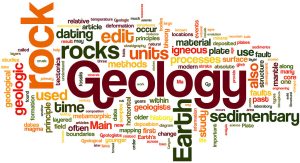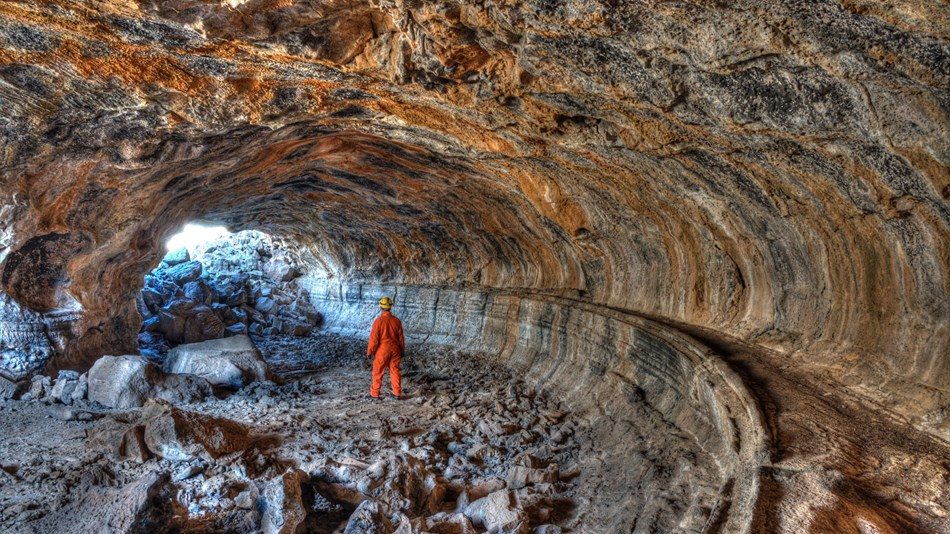Geology Assignment Help

Geology is a science. And writing scientific texts has never been easy. Often, professors come across geology papers full of facts and arguments tangential to the main issue. That’s where “paper failure” starts. Don’t let that happen, though. You can always use a little geology assignment help. How do I approach my geology writing assignment? What do I have to say? What’s the purpose of this paper? What’s its focus? At this point, you can decide whether you’ll seek a little geology assignment help.
Table of Contents
Design Your Geology Paper First
Most students start writing without a plan. They just read a few sources and begin churning out words. But that’s not how you do it. Writing your paper without planning gives you pointless and incoherent work. Think hard about what you intend to say. What’s your main message?
The introduction and body of your paper should align with your paper’s purpose. Throwing at your readers just about anything you’ve seen or read is a big mistake. Instead, know enough to write a thesis statement that sums up your principal point. The best geology writers only select what’s relevant to readers. That’s the only way to stay focused. Wondering where to start? Our geology assignment help providers can help.
Need to Use a Little Geology Assignment Help for the Abstract?
An abstract points out the salient features of your geology paper. It reports your work’s findings. Your job here is to show readers what those results prove. Most importantly, you must tell them why your conclusions matter. Most people are not always sure what to include in the abstract. They treat the abstract as though it were the introduction.
Your geology paper’s abstract announces your results. It doesn’t concern itself with the paper’s content. It may contain details presented in your conclusion. But you must ensure there’s minimal overlap. Having difficulties with your abstract? Our geology writers can help.
Write Your Introduction Right
The introduction presents your study, report, research, or thesis. It summarizes your study’s background. Confusing the introduction and literature review is easy. But we must say they’re different. Your introduction presents the motivation for your research. It guides readers to a specific geological context. That helps readers to understand the meaning and relevance of your findings. Refer to relevant literature where necessary.
The majority of geological studies include a geological overview map. Such a map illustrates the information you have provided in your introduction. A map is particularly important if your research has a field component. Need a little help with your geology paper’s introduction? Consider using our geology assignment help. It’s worth it.
Your Introduction Announces Your Paper’s Content to Readers
An effective introduction gives readers a clear idea of what your paper will discuss. It tells readers what problem you seek to solve. What features will you describe? The introduction also explains the context in which that problem is significant. You should also let readers know what data you will use. Most importantly, you must shed light on how you’ll tackle the problem. Your thesis statement becomes critical at this point.
Your statement presents your study’s main argument. A well-written statement invites readers to the “intellectual feast” you’re preparing. Readers should want to follow or argue with you. They shouldn’t simply nod their head and say “That’s a fact.” Having trouble writing the introduction to your geology paper? We can provide the geology assignment help you require.
Your Intro Should be a Tentative One

The version of the introduction you have isn’t final. So is the thesis statement. You’ll modify them as you gain new insights and more data. It’s best to refine the introduction after you’re through with the rest of your paper. After you’ve written your paper’s descriptive part and discussion, fine-tuning the intro becomes easier. Some writers write their introductory section last. That’s all right.
However, it’s better to work with a preliminary intro. Why? That’s where you present the scientific background for your study. How will you process and interpret data if you have zero data? Sure, your intro might look a bit rugged on the edges. But you’ll edit the paper anyway. Having problems with the draft version of your intro? Why not use a little geology assignment help?
The Data Section
Scientific studies feature a section known as “Results” or “Findings.” Such a title doesn’t seem adequate for geosciences, though. “Data Section” or “Description Section” is a more fitting title. Why is this so? Geological studies produce results that are slightly different from the usual scientific results. In a geoscience paper, you begin by presenting your observations. That might include descriptions of rocks or other physical features. That happens before you provide the results from further examinations such as chemical analyses.
When writing this section, you present your own data. You shouldn’t waste time reporting what other people have found. You should focus on your observations and results. At this point, you can use data tables and figures. Examples of figures to include are photographs, maps, sketches, diagrams, and streonets. Interpretations are also in order. However, they must not be so detailed as to eclipse the observations. Only interpret what seems evident from the data you have.
Processed Data
You can have a sub-section that presents data that need in-depth assessment. Let’s assume you’re writing a structural paper. You could plot relevant data on streonets. That would help you determine, for example, axial surface orientations of folds. Suppose it’s a metamorphic petrology study. You could have a section on thermobarometry, complete with P–T diagrams. Having trouble describing your processed data? We can help.
Discussion Section
Writing this section is easy if you did a good job with the data section. Here, you explain your observation in detail. Present different interpretations, discussing their strengths and weaknesses. At this point, you’ll present your solution or solutions to the problem you described in the introduction. You must connect your discussion with the results, interpretations, and literature review.
Conclude Your Geology Paper
Here, you should present the problems your study solved. Also, describe any new issues that have shown up. Suggest a study that geoscientists can conduct in the future. State the implications of the results in a broader context. Your conclusion presents the most critical result you’ve found. The abstract, while reporting your findings, shouldn’t have the same focus as the conclusion.
Final Thoughts
Looking to work with a geology assignment help provider? Look no further. Our geology specialists will guide you. With their support, your geology assignment should be a much smaller mountain to climb. Our prices are great. Our samples shine. And our money-back policy has got you covered. Request help HERE.
